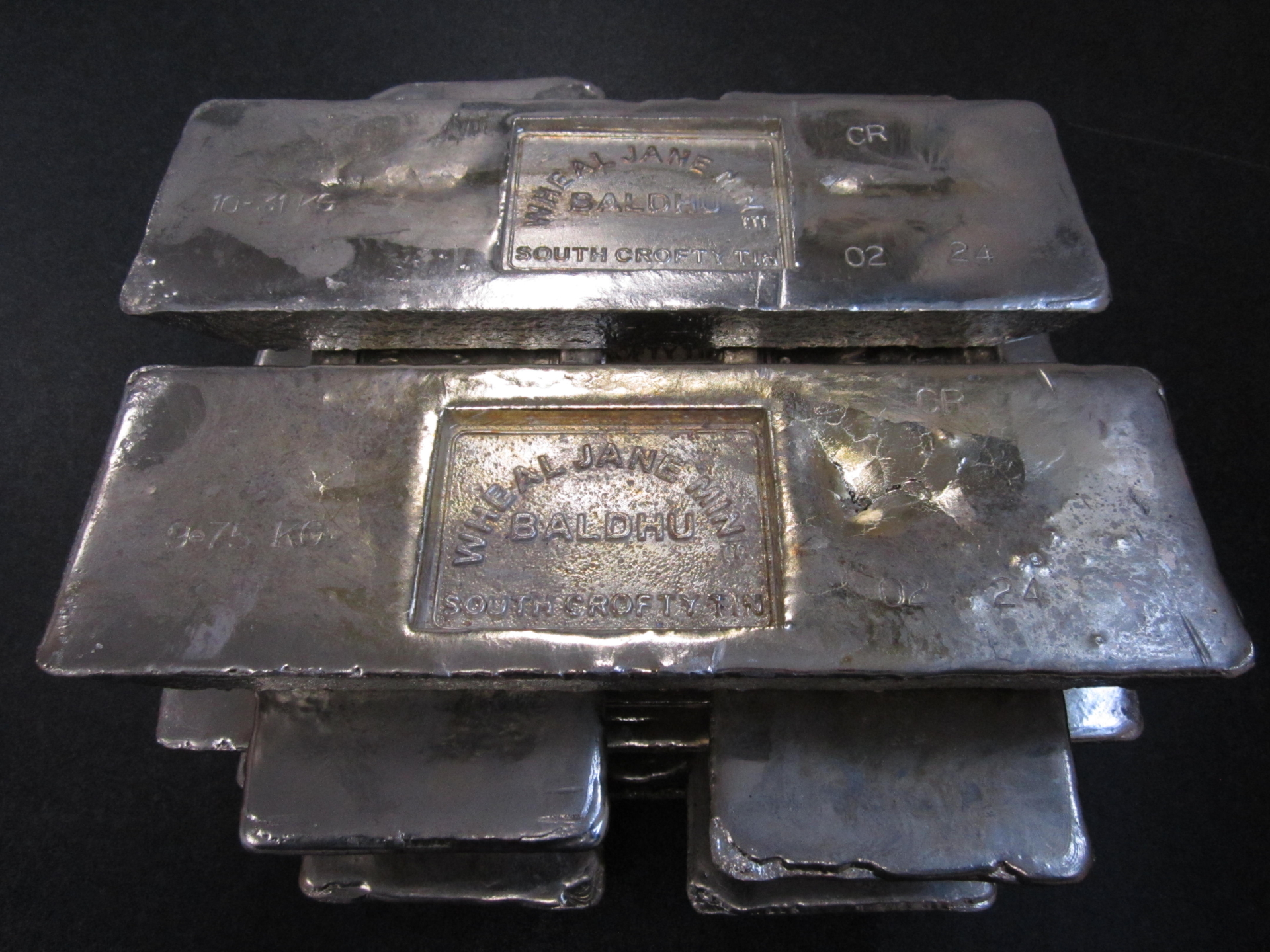
The Last Cornish Tin Smelter?
Wheal Jane Laboratory has, in recent years, been heavily associated with lithium analysis and exploration both locally and internationally, and continues to expand into other new sectors of the analytical market. Base and precious metal analysis have long been a mainstay since the mining times, and in the early days as a commercial laboratory. However, one traditional and little-known part of the laboratory business is small scale metal smelting, mostly of tin, but also notably of gold and silver.
The smelting and refining of gold has come from as far away as Greenland and as near as Wales. It was Wheal Jane Laboratory that first produced gold from Scotgold Cononish mine in Scotland using concentrates produced by SGS during feasibility test work nearly ten years ago. Audit by the Edinburgh Assay Office allowed considerable production during 2016 and 2017, before the mine took production back “in house” in subsequent years.
However, the original smelting capability was created to produce tin metal from South Crofty mine concentrate. After the mine closed in 1998, production of tin metal continued to supply the South Crofty Collection jewellery business. This was possible because stocks of concentrate remained on site at Wheal Jane after the last commercial shipment was sent to Thailand in March 1998. At the time, the jewellery business was part of the Wheal Jane Group, but is now independently owned and continues to go from strength to strength with a unique “metal from a single mine”. It was also the proven provenance and purity of the tin that allowed it to be used in the making of the bronze medals for the London 2012 Olympics produced by the Royal Mint.
As the redevelopment of the Wheal Jane site continues, the need to smelt all the remaining concentrate has increased before the smelter building is finally demolished. To commemorate the last foreseeable tin smelting in Cornwall, a new hot mark has been produced to stamp each 10kg ingot. This is a process that goes back several centuries whereby each independent smelting house had its own hot mark as proof of origin. This was very important in the 18th and 19th centuries when Cornish tin held a premium compared to tin smelted in South America, Asia, or Australia. The new hot mark states “WHEAL JANE MINE BALDHU – SOUTH CROFTY TIN” and will appear on all 2024 production, marking the end of a long smelting tradition – probably.


